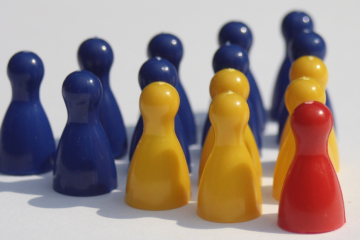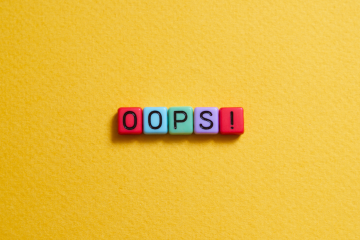The Story of Survivorship Bias and Abraham Wald
Have you ever looked at successful companies, athletes, or strategies and thought, “This must be the formula for success”? If so, you might be falling into survivorship bias – a classic mistake in data analysis.
One of the best examples of this comes from World War II, where a simple misunderstanding of data could have cost thousands of lives. Thankfully, a brilliant statistician named Abraham Wald stepped in.
The Problem: How to Protect Bombers in WWII
During WWII, military analysts studied bullet holes in returning aircraft to decide where to add armor. The planes had been hit in the wings, fuselage, and tail, so they planned to reinforce those areas.
Seems logical, right? If these are the places getting hit, they must need more protection!
But Abraham Wald saw the flaw in this reasoning.
The Insight: The Missing Data
Wald pointed out something critical: The military was only looking at planes that survived.
- What about the planes that didn’t make it back?
- Where were they getting hit?
The answer? Most likely, the cockpit and engines – the critical areas. If a plane was hit there, it didn’t return at all, so it wasn’t part of the dataset.
Instead of reinforcing where the bullet holes were, Wald suggested adding armor to the places without bullet holes – because those were the hits that caused planes to go down.
What Is Survivorship Bias?
Survivorship bias happens when we focus only on the “survivors” of a process and ignore the ones that failed. This leads to wrong conclusions and bad decisions.
Example in Business:
- People study successful startups to find the “secret to success.” But they ignore the thousands of failed startups that followed the same strategies.
Example in Investing:
- Financial analysts look at top-performing stocks and say, “Holding stocks long-term leads to wealth.” But they forget about all the companies that went bankrupt along the way.
Example in Self-Improvement:
- You read about millionaires who dropped out of college and became successful. But you don’t hear about the millions of dropouts who struggled.
How to Avoid Survivorship Bias
Look for the Missing Data → What isn’t being reported? What isn’t visible?
Ask: What Happened to the Failures? → Study both successes and failures before drawing conclusions.
Use Complete Data → In experiments, surveys, or research, make sure the dataset isn’t skewed toward winners.
Final Thoughts
Abraham Wald’s insight saved lives, but the lesson applies far beyond WWII. Survivorship bias affects how we think about success, failure, and decision-making in everything from business to personal growth.


0 Comments